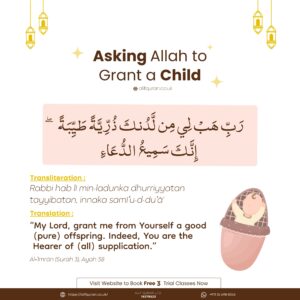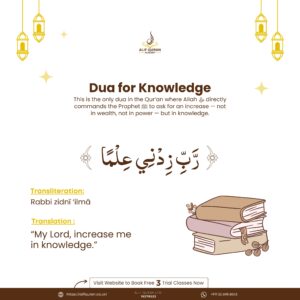YARMALOON LETTERS

Yarmaloon Letters in Tajweed
In the study of Tajweed, one such important group is the Yarmaloon Letters (يَرْمَلُون). different groups of Arabic letters have unique rules that govern their pronunciation. These letters play a major role in Idgham (merging of letters) and Izhar (clarity in pronunciation) in Quranic recitation.
What Are Yarmaloon Letters?
The Yarmaloon letters are the six Arabic letters found in the word “يَرْمَلُون” (Ya, Ra, Meem, Lam, Waw, Noon):
- ي (Ya)
- ر (Ra)
- م (Meem)
- ل (Lam)
- و (Waw)
- ن (Noon)
These letters are significant in Tajweed because they are involved in Idgham, a rule where one letter merges into another for smoother pronunciation.
Idgham and Yarmaloon Letters
Idgham (إِدْغَام) means merging one letter into another so that they are pronounced as a single, elongated sound. It is applied when a Noon Sakinah (نْ) or Tanween (ً ٍ ٌ) is followed by one of the Yarmaloon letters.
Types of Idgham
There are two types of Idgham with Yarmaloon letters:
Idgham with Ghunnah (إِدْغَام بِالغُنَّة) – This includes ي، ن، م، و (Ya, Noon, Meem, Waw).
- The merging is done with a nasal sound (Ghunnah), which is a slight hum.
- Example:
- مَنْ يَقُولُ → Pronounced as “May-yaqool”, merging Noon into Ya.
- عَذَابٌ وَاصِبٌ → Pronounced as “Azaabuw-waasib”, merging Tanween into Waw.
Idgham without Ghunnah (إِدْغَام بِغَيْرِ غُنَّة) – This includes ل، ر (Lam, Ra).
- The merging happens smoothly without a nasal sound.
- Example:
- مِنْ رَبِّهِمْ → Pronounced as “Mir-rabbihim”, merging Noon into Ra.
- وَلَهُ مُلْكُ السَّمَاوَاتِ → Pronounced as “Walahu-mulkus”, merging Lam smoothly.
The Importance of Yarmaloon Letters in Tajweed
- Ensures Fluency in Recitation: Idgham helps smoothen transitions between words, making the recitation more melodious.
- Prevents Overpronunciation: Without Idgham, some words may sound broken, affecting fluency.
- Maintains Quranic Precision: Proper application of Idgham ensures that recitation follows the Sunnah of the Prophet ﷺ.
Connection to Other Tajweed Letters
The Yarmaloon letters are closely linked to other important categories in Tajweed:
- Mustaliyah Letters (Thick/Bold Letters): These letters require a heavy pronunciation (Tafkheem). Understanding them helps balance Idgham, ensuring that thick and thin letters do not mix improperly.
- Qalqalah Letters (Bouncing Letters): Some words in the Quran contain both Qalqalah and Idgham, so reciters must distinguish between bouncing sounds and merging sounds.
- Halqiyah Letters (Throat Letters): Since Halqiyah letters come from the throat, they require clear articulation and are never part of Idgham. This contrast helps in proper pronunciation.
Common Mistakes and How to Avoid Them
Forgetting Ghunnah in Idgham with Ghunnah
- Incorrect: مَنْ يَقُولُ (Man yaqool)
- Correct: مَيَّقُولُ (May-yaqool) with nasal sound.
Adding Ghunnah in Idgham without Ghunnah
- Incorrect: مِنْ رَبِّهِمْ (Min-rabbihim with a nasal sound)
- Correct: مِرَّبِّهِمْ (Mir-rabbihim without nasal sound).
Not Merging the Letters Fully
- If Idgham is applied incorrectly, it can cause a gap between letters that should be merged.
How to Master Yarmaloon Letters?
- Practice with a Tajweed Teacher – Learning from a qualified teacher ensures correct Idgham application.
- Listen to Quran Reciters – Reciters like Sheikh Sudais and Sheikh Husary apply Idgham perfectly.
- Use Audio Recordings – Record your recitation and compare it with experts.
- Identify Yarmaloon Letters in the Quran – Recognizing where Idgham occurs helps in practical application.
FAQ
What are my child's strengths and areas for improvement?
Understanding your child’s academic and social skills helps identify where they excel and where they may need additional support.
How can I support my child's learning at home?
Teachers can offer suggestions for activities or resources to reinforce classroom learning, enhancing your child’s educational experience outside of school.
How does my child interact with peers and teachers?
Inquiring about your child’s social interactions provides insight into their relationships and social development within the school environment.
What are the key skills my child is expected to learn this year?
Knowing the essential grade-level skills in subjects like math and reading helps you understand academic expectations and monitor your child’s progress.









